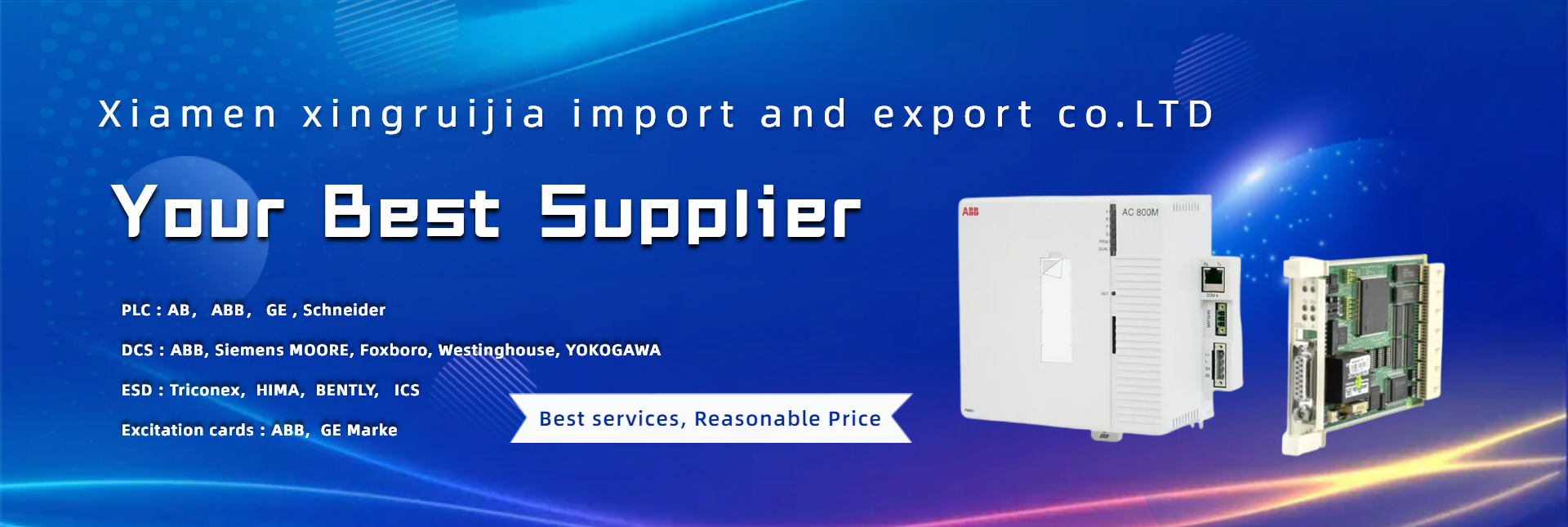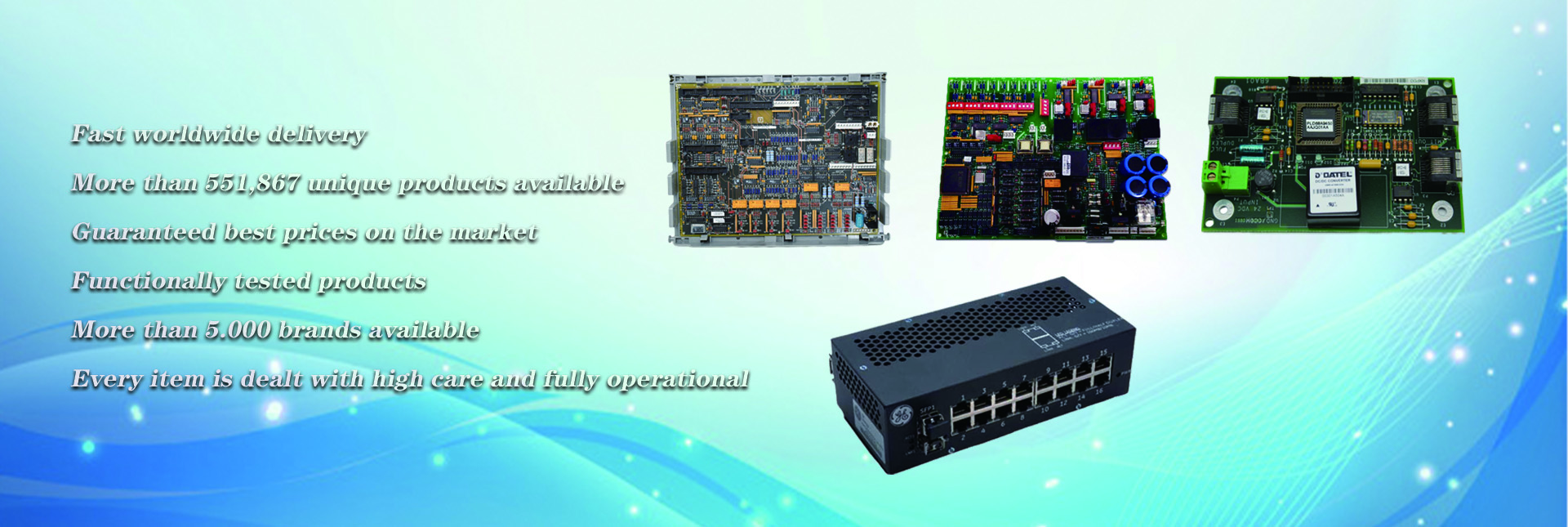PLC is applicable to most industrial sites, but it still has certain requirements for use occasions, ambient temperature, etc. Controlling the working environment of PLC can effectively improve its working efficiency and life.
1. When installing PLC, avoid the following places:
(1) The ambient temperature exceeds the range of 0~50 ℃;
(2) Relative humidity exceeds 85% or dew condensation exists (caused by sudden temperature change or other factors);
(3) Direct sunlight;
(4) Corrosive and flammable gases, such as hydrogen chloride, hydrogen sulfide, etc;
(5) There are iron filings and dust;
(6) Frequent or continuous vibration, with vibration frequency of 10~55Hz and amplitude of 0.5mm (peak to peak);
(7) Impact exceeding 10g (acceleration of gravity).
There are mounting holes on the four corners of the small programmable controller housing. There are two installation methods. One is to fix it with screws. Different units have different installation dimensions; The other is DIN (German Republic Standard) rail fixation. There is a pair of mounting splints for DIN rail. On the rail, first install the left and right clamping plates, install the PLC, and then tighten the screws. In order to make the control system work reliably, the programmable controller is usually installed in the control cabinet with a protective shell to prevent dust, oil and water splash. In order to ensure that the temperature of the programmable controller is kept within the specified ambient temperature range under the working condition, the installation machine should have sufficient ventilation space, and there should be more than 30mm interval between the basic unit and the expansion unit. If the ambient temperature exceeds 55C, install electric fan and forced ventilation.
In order to avoid the electrical interference of other peripheral devices, the programmable controller should be as far away from the high-voltage power line and high-voltage equipment as possible, and the distance between the programmable controller and the high-voltage equipment and power line should be at least 200mm.
When the programmable controller is installed vertically, it is necessary to strictly prevent the wire head, scrap iron, etc. from falling into the programmable controller from the ventilation window, causing short circuit of the printed circuit board, making it unable to work normally or even permanently damaged.
2. Power wiring
PLC power supply is 50Hz, 220V ± 10% AC.
FX series programmable controller has DC 24V output terminal. This terminal can provide DC 24V power for input sensing (such as photoelectric switch or proximity switch).
If the power supply fails and the interruption time is less than 10ms, the PLC operation will not be affected. If the power supply is interrupted for more than 10ms or the power supply drops more than the allowable value, the PLC will stop working and all output points will be disconnected at the same time. When the power is restored, if the RUN input is turned on, the operation will be carried out automatically.
For the interference from the power line, the PLC itself has sufficient resistance. If the power interference is particularly serious, an isolation transformer with a ratio of 1:1 can be installed to reduce the interference between the equipment and the ground.
3. Grounding
Good grounding is an important condition to ensure that PLC can work reliably, and can avoid accidental voltage impact hazards. The grounding wire is connected with the grounding terminal of the machine, and the basic unit is grounded. If the expansion unit is to be used, its grounding point should be connected with the grounding point of the basic unit. In order to suppress the interference imposed on the power supply, input terminal and output terminal, the programmable controller shall be connected with special ground wire, and the grounding point shall be separated from the grounding point of power equipment (such as motor). If this requirement is not met, it is also necessary to achieve public grounding with other equipment, and it is forbidden to ground in series with other equipment. The grounding point shall be as close as possible to the PLC.
4. DC 24V terminal
When the input device with passive contact is used, the 24V power supply inside the PLC provides 7mA current per point to the input terminal through the input device.
The 24V terminal on the PLC can also provide current to external sensors (such as proximity switches or photoelectric switches). When 24V terminal is used as sensor power supply, COM terminal is DC 24V ground terminal. If the extended crew is used, the 24V terminal of the basic unit and the extended unit shall be connected. In addition, any external power supply cannot be connected to this terminal.
If overload occurs, the voltage will drop automatically, and this point input has no effect on the programmable controller.
The number of input points of each type of PLC is specified. For each unused input point, it does not consume power, so in this case, the ability of 24V power supply terminal to supply external current can be increased.
The empty terminal of FX series PLC cannot be used under any circumstances.
5. Input wiring
The PLC generally accepts the switch signal input by the travel switch, limit switch, etc. The input terminal block is the port of load conversion signal between PLC and external sensor. Input wiring generally refers to the wiring between external sensors and input ports.
The input device can be any passive contact or NPN tube with open collector. When the input device is connected, the input terminal is connected, the input line is closed, and the LED of the input indicator is on.
Photoelectric coupling isolation is adopted between the primary circuit and the secondary circuit at the input end. The secondary circuit is equipped with RC filter to prevent PLC misoperation caused by input contact jitter or electrical noise in series from the input line.
If the diode is connected in series in the input contact circuit, the voltage on the diode in series should be less than 4V. If a reed switch with LED is used, the number of diodes in series cannot exceed two.
In addition, the following points should be paid special attention to for input wiring:
(1) Generally, the input wiring should not exceed 30m. However, if the environmental interference is small and the voltage drop is small, the input wiring can be appropriately longer.
(2) The input and output lines cannot use the same cable. The input and output lines should be separated.
(3) The width of the pulse signal that the programmable controller can accept should be greater than the time of the scanning cycle.
6. Output wiring
(1) Programmable controller has three forms: relay output, thyristor output and transistor output.
(2) The output terminal wiring is divided into independent output and common output. When the output relay or thyristor of PLC acts, two output terminals of the same number are connected. In different groups, different types and voltage levels of output voltage can be used. However, the output in the same group can only use the power supply of the same type and voltage level.
(3) Since the output components of PLC are encapsulated on the printed circuit board and connected to the terminal board, if the load connected to the output components is short-circuited, the printed circuit board will be burned, so the output components should be protected by fuses.
(4) When the relay output is adopted, the inductive load it bears will affect the working life of the relay, so the working life of the relay is required to be long.
(5) The output load of PLC may produce noise interference, so measures shall be taken to control it.
In addition, for the dangerous load that can cause harm to the user, in addition to taking it into account in the control program, the external emergency stop circuit should also be designed to cut off the power supply of the load that can cause harm when the programmable controller fails.
The AC output line and DC output line should not use the same cable. The output line should be as far away from the high-voltage line and power line as possible to avoid parallel.
Post time: Jan-17-2023


